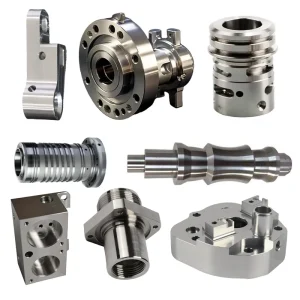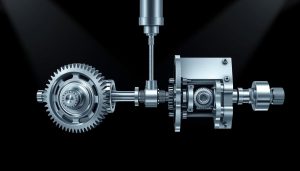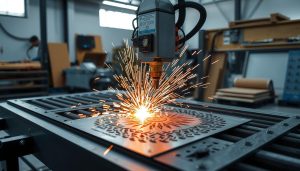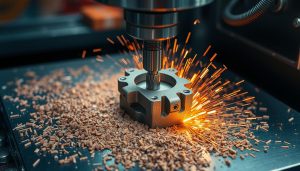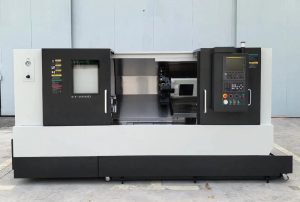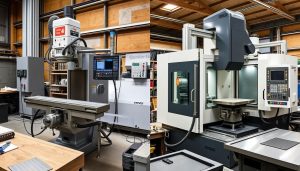Pinion gears are key in mechanical systems. They help transmit power and motion in machines. These gears work together to get the desired output.
Pinion gears change the direction of motion or speed of rotation. They do this through mechanical components. This shows how important pinion gears are in many applications.
Knowing about pinion gears is vital for designing and keeping gear systems running well. They are a basic part of mechanical systems. They greatly affect a machine’s performance and efficiency.
In this article, we’ll explore pinion gears more. We’ll look at their definition, how they work, and their uses in different industries.
What Is a Pinion Gear and How Does It Work
In the world of industrial applications, making gears is key. A pinion gear is small but very important. It works with a bigger gear to move power and motion. The way pinion gears are made ensures they work well in many places.
A pinion gear is a small gear that works with a bigger one. Its teeth fit perfectly with the bigger gear’s teeth. This makes moving power smooth. The way pinion gears work is complex, needing precise teeth alignment for the right motion.
Basic Definition and Components
A pinion gear has teeth that are very important. The shape, size, and how they’re arranged affect how well the gear works. In gear manufacturing, making pinion gears with exact teeth is key for their use in industrial applications.
Working Mechanism of Pinion Gears
Pinion gears work by meshing teeth. When the pinion gear turns, its teeth meet the bigger gear’s teeth. This moves power and motion. The exact making of pinion gears ensures smooth teeth meshing, reducing wear.
The Role of Teeth in Pinion Gears
The teeth of a pinion gear are very important. Their design and how they’re set up affect the gear’s performance. In precision engineering, making pinion gears with exact teeth is essential for their use in many industrial applications.
Common Applications of Pinion Gears in Machinery
Pinion gears are found in many fields, like the automotive industry. They help in moving power and motion in cars. They also help in aerospace engineering for precise control in planes and spaceships. Plus, they’re key in robotics for robots to do complex tasks well.
In the automotive industry, pinion gears help in gearboxes and transmissions. They make power transfer smooth and efficient. In aerospace engineering, they control aircraft and spacecraft parts, like landing gear and flaps. In robotics, they help in precise movements of robotic arms and parts.
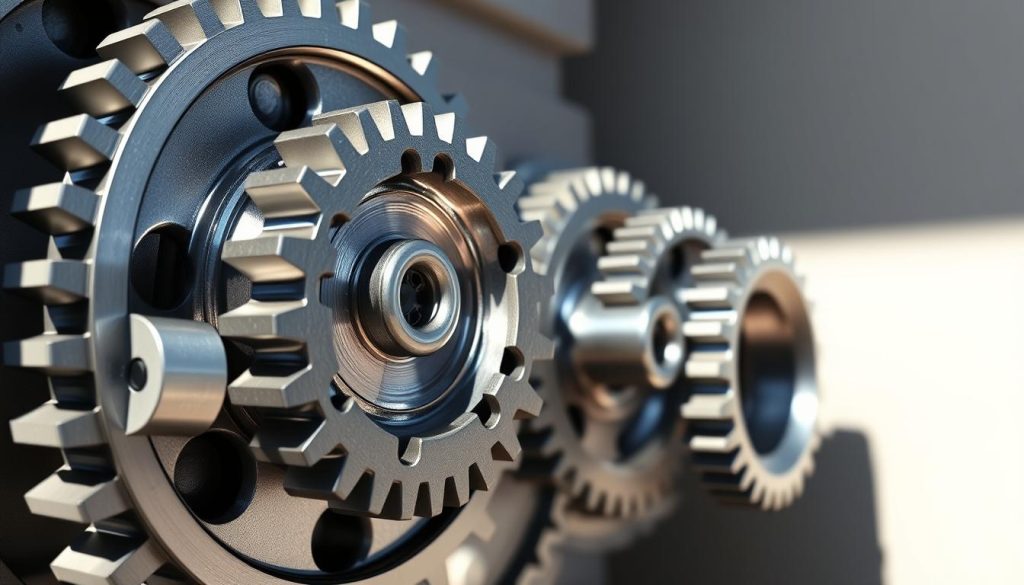
- Gearboxes and transmissions
- Robotics and robotic arms
- Aerospace engineering and spacecraft systems
- Automotive industry and vehicle components
Pinion gears are essential in many areas. They offer precise control and movement in various applications. Their importance in the automotive industry, aerospace engineering, and robotics is huge. They help make complex systems and parts work smoothly.
Types of Pinion Gear Systems
Pinion gear systems are key in many mechanical parts, like gear systems. They are vital in industrial settings for their precision and efficiency. We will look at the different types of pinion gear systems and their benefits.
These systems help move power and motion between parts. The type needed depends on the application and needed precision. Here are some common types:
- Rack and pinion systems, used in linear motion
- Helical pinion gears, for high efficiency in rotary motion
- Bevel pinion gears, for changing the axis of rotation
- Worm and pinion configurations, for heavy-duty applications
Each type has its own strengths and weaknesses. For example, rack and pinion systems are simple but less precise than helical gears. Bevel gears are complex but offer high precision and flexibility.
In industry, picking the right pinion gear system is key. It depends on load, speed, and precision needs. Choosing wisely can improve machine performance, reduce downtime, and boost productivity.
| Type of Pinion Gear System | Advantages | Disadvantages |
|---|---|---|
| Rack and Pinion | Simple, cost-effective, high speed | Limited precision, high wear and tear |
| Helical Pinion Gears | High efficiency, precision, and load capacity | Complex, expensive, limited flexibility |
| Bevel Pinion Gears | High precision, flexibility, and load capacity | Complex, expensive, limited speed |
| Worm and Pinion | High gear ratios, high load capacity, and precision | Low speed, high wear and tear, and limited flexibility |
Material Selection and Manufacturing Processes
In making pinion gears, material selection is key. It affects the gear’s strength, durability, and price. The right material depends on the gear’s use, how it will be used, and what it needs to do. Metals like steel, brass, and aluminum, and plastics like nylon and polyethylene are common choices.
The gear manufacturing process is also vital. Precision engineering methods, like machining and grinding, help make gears accurate and smooth. Other methods, like casting and 3D printing, help create gears with special shapes and properties.
When picking materials for pinion gears, consider a few things:
- Strength and durability
- Corrosion resistance
- Wear and fatigue resistance
- Cost and availability
Choosing the right material and making process carefully helps make high-quality gears. These gears are essential for reliable and efficient machines. This is important in many fields, like cars, planes, and industrial equipment.
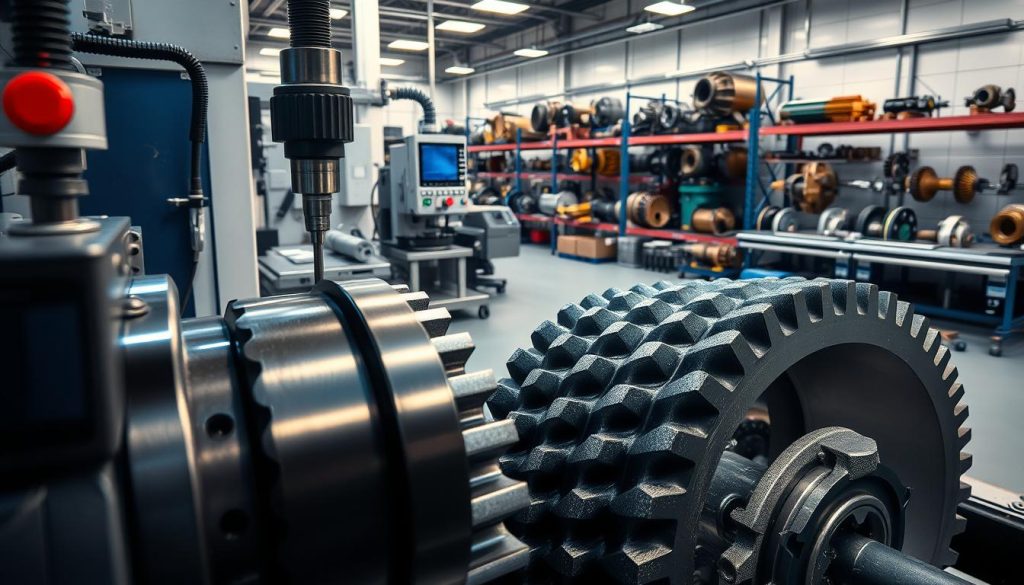
Maintenance and Common Issues with Pinion Gears
Keeping pinion gears in good shape is key. This means regular lubrication, checks, and replacing parts that wear out. Doing these things helps avoid damage and keeps the gears running smoothly.
Pinion gears can face problems like misalignment, rust, and overheating. These issues can cause the gears to wear down faster. To avoid these, stick to a maintenance routine and fix problems quickly.
Here are some tips for keeping pinion gears in top condition:
- Regularly inspect the gears for signs of wear and damage
- Lubricate the gears to prevent corrosion and friction
- Replace worn-out parts to prevent further damage
By following these tips and keeping up with maintenance, you can prevent common pinion gear problems. This ensures they work well for a long time.
| Maintenance Task | Frequency | Importance |
|---|---|---|
| Inspection | Monthly | High |
| Lubrication | Quarterly | Medium |
| Replacement of worn-out parts | As needed | High |
Conclusion: The Future of Pinion Gear Technology
Pinion gears are key to modern machines. They are about to see big changes. New materials and ways to make them will make them stronger, more precise, and use less energy.
3D printing will change how we make pinion gears. It will let us create complex designs and solutions for different needs. Also, smart sensors and IoT will help us keep an eye on them. This means they will work better and last longer.
The need for green energy and electric cars will grow. Pinion gears will be important in these new fields. They will help power our shift to a greener future. As we move forward, pinion gears will make our world smarter and more efficient.
